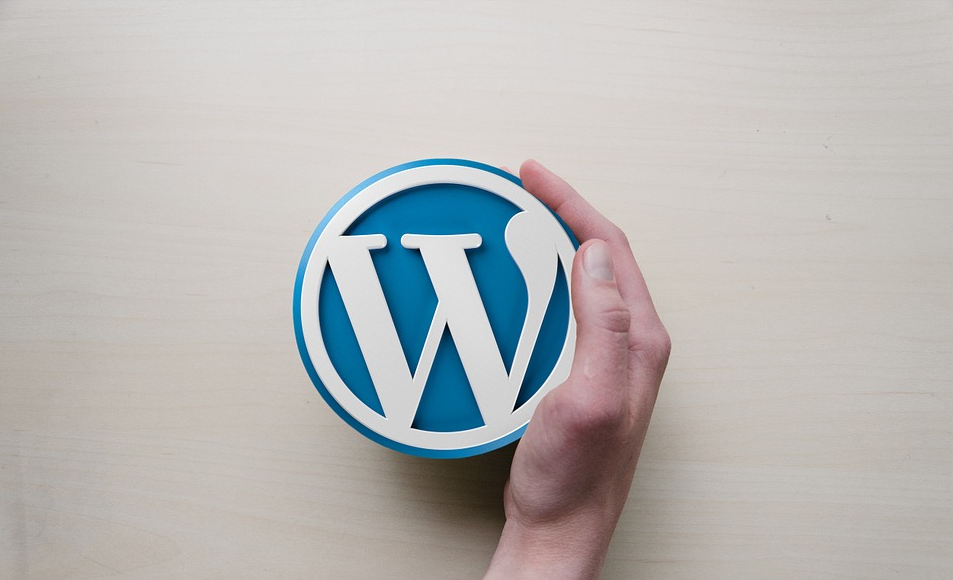Starting our short article on the comparison of two content management systems (CMS) — Joomla and WordPress, we consider it necessary to make a couple of important clarifications. Perhaps not everyone knows that there are two platforms with almost the same name — WordPress. These are WordPress.com and WordPress.org. At first glance, it might seem that we are talking about just two different domains that can host the same environment for WordPress programming. But this is far from the case. These are two separate platforms with numerous highly significant differences. The list of them is so long, that a detailed analysis could become the topic of a separate detailed article.
In this case, we just want to emphasize that all comparisons and conclusions in this review relate specifically to WordPress.org, which let’s users download the open-source CMS and build a website using their own domain name registrar and hosting service.
Popularity
Of course, if we decide to base our comparison only on the conclusions of WordPress specialists, the objectivity of assessments would be seriously compromised. Therefore, it makes sense to turn to statistics and see the proportion of websites and web applications based upon one or another CMS.
So, the bulk of the resources of the World Wide Web, namely 90%, fall on these two content management systems. However, within this array, the shares are distributed so unevenly that just this ratio alone looks more than convincing. 85% of all sites in the WWW today are built on WordPress, and 5% on Joomla. This way, the total share of other CMS altogether remains only 10%. Thus, both Joomla and WordPress can be called leaders, but which one takes the first place is absolutely obvious.
Why is the gap between the two leaders so dramatic, even if we take into consideration that Joomla occupies a fairly impressive part of the market for websites and web applications? Why do individual programmers, web designers, and the whole companies that provide custom development services, as much as their clients have such a clear preference for WordPress?
Let’s continue the comparison.

Affordability And The Hidden Pricing
Initially, both Joomla and WordPress are positioned as free content management systems. But the devil is in the details, therefore, starting to create a web resource on any of these platforms, you will be faced with the need to pay a variety of bills.
No matter whether you are planning to develop your project on your own or turn to an outsource WordPress development service https://qarea.com/hire-developers/wordpress — you need to plan one-time and recurring payments for several items. Namely:
- The domain name (This is an almost insignificant waste. By the way, if you don’t already have a domain name or are not planning to acquire one shortly, then why did you need these platforms at all?).
- Hosting (Remember that both of these platforms should be initially based on servers, and, after all, you need to host your site somewhere).
- Plugins (In this case, the choice is the widest, and it may turn out that the set of completely free solutions will be enough for you. If you decide to entrust the work to a reliable development company, making the components free of charge as a condition, perhaps you will be able to significantly save money).
- Security (You don’t want to be a victim of hackers, do you?).
- Developer fees (There is the widest range of prices, it all depends on the complexity of your project).
- Maintenance (Again, prices may fluctuate depending on the specific project).
We will not go into technicalities, since prices can vary greatly depending on your needs and the model of development and follow-up you choose. We will give only general figures.
Developing and launching a WordPress-based web resource can cost you from $30 to $3000.
All other things being equal, developing and maintaining a similar Joomla site will require a budget ranging between $700 and $6500.
Some of these payments are one-time, some involve monthly bills.
Since Joomla is much less widespread, the number of servers that will run resources built on this platform is an order of magnitude less than that of WordPress. Plus, Joomla is incomparably more difficult to work with. This applies to both the process of creating a website and its subsequent maintenance. All these circumstances influence the fact that the cost of hosting, developing, and maintaining a resource on Joomla painfully exceeds the similar expenditures for projects on WordPress.

Important Nuances
The size of this article does not provide for a detailed analysis of these two CMS, its purpose is to give a general idea of the fundamental differences between Joomla and WordPress. However, some details deserve to be emphasized.
First of all, it should be said that the UI design process on WordPress is implemented at an intuitive level, which cannot be said about Joomla. This leads to more attractive results, which allow you to get tools (including free) WordPress.
And secondly, the gap between Joomla and WordPress is not just huge — it is constantly widening. And this is where size really matters.
Follow Technoroll for more!





